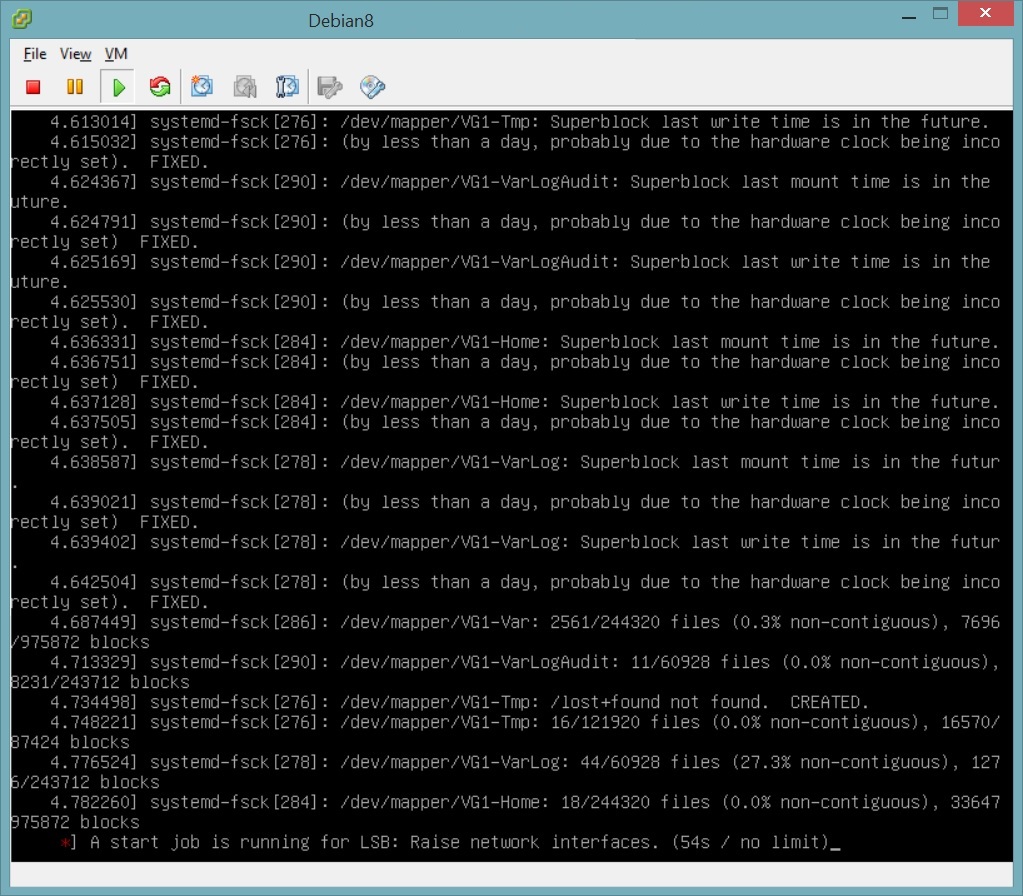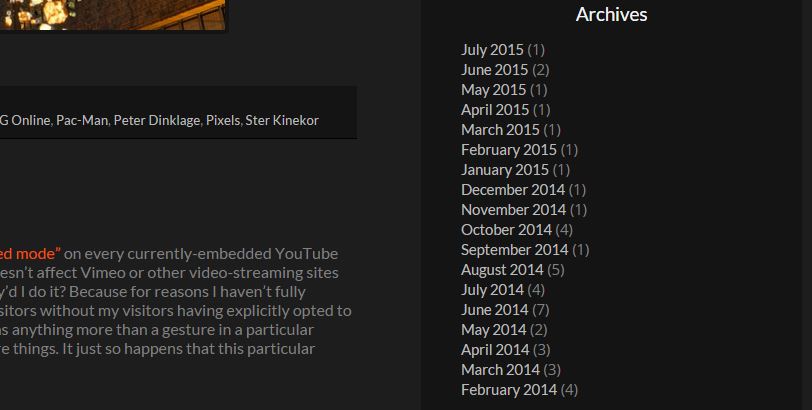I’ve been playing with the idea of running a standalone Samba server to replace an old NAS device that I’d like to repurpose. So I looked for some Samba best-practice ideas and one of them mentioned the periodic backing up and checking the small database files Samba uses for storing config and running info. I figured I’d automate the task with a script, and here we are.
So. You already know what’s happening here (probably) because the title is obvious (hopefully). But for the title-skippers in the crowd I’ll lay out the introduction-with-waffle: far too often I find myself having a go at a duck, in an effort to educate myself (again) about good partitioning schemes for new Linux installations (in this case Debian).

Is this a deep dive yet?
I’m tired of doing that, so now we have this post to document my latest preferred partition scheme. Now, when (not if) I’m repeating this Linux/Debian installation exercise in the future, I’ll just have a go at myself.
Have you ever set a GRUB boot password, unwittingly buggering it up with a typo, and then panicked when your rebooting host claimed you were giving it the wrong password so it wouldn’t boot? On an LVM disk system? I have. Just last week, in fact. Wanna know how I fixed it?
Hit the jump, then.
I have been wanting to mumble about my experiences testing Linux out on my gaming system for weeks already. And now it’s the last day of August and I don’t want to break the minimum-of-a-post-a-month thing I’ve had going on, so it’s coming at ya all rush-like. Enjoy.



